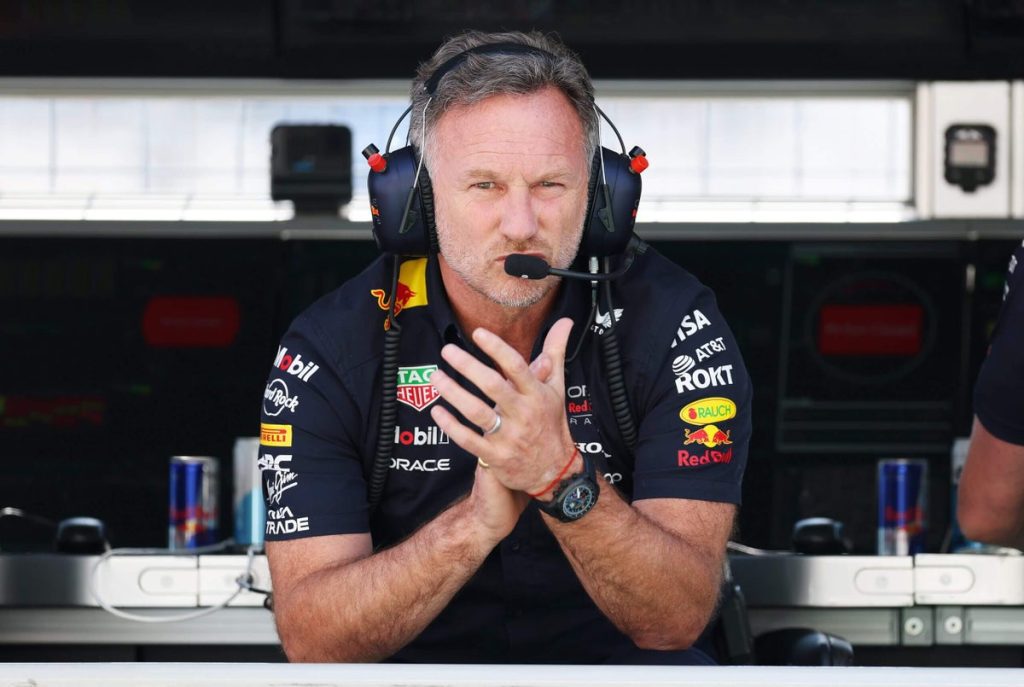Five hours and 34 minutes after the checkered flag waved at the Circuit Gilles Villeneuve, the outcomes of the Canadian Grand Prix were officially confirmed.
During this time, Max Verstappen, who finished second for Red Bull, had already boarded his private jet bound for Europe, where he was scheduled to test a GT car at the Spa circuit the following day. Most of the packing in the F1 paddock was already underway, leaving those still present to navigate around freight boxes in the darkness of Montreal.
The prolonged interval between the race’s conclusion and the official announcement of results frustrated many fans.
European viewers went to bed uncertain about whether George Russell had truly secured victory, following multiple protests lodged by Red Bull against the Mercedes driver.
Ultimately, the stewards dismissed Red Bull’s claims—which centered on Russell’s alleged erratic driving behind the safety car and assertions of “unsportsmanlike” behavior regarding Verstappen—considering them baseless. They confirmed the race result at 9:10 PM local time (2:10 AM Monday BST).
Toto Wolff, team principal of Mercedes, offered little sympathy to Red Bull’s protest, describing it in an interview with Sky Sports as “petty and small,” and recommended a review of the protest process by the FIA.
Red Bull’s Protest Justification Under Scrutiny
Following the protest in Canada, Christian Horner, team principal of Red Bull, explained to reporters that competitors have the right to contest issues with the stewards, noting that it costs €2,000 (£1,487) to initiate a protest. He expressed surprise that Russell’s actions had not been addressed by race control originally.
Red Bull contended that Russell’s erratic braking during the late safety car phase allowed Verstappen to momentarily gain ground on him. Russell’s subsequent radio message claiming Verstappen had overtaken him formed the basis for the unsportsmanlike conduct allegation. They were also dissatisfied with Russell occasionally being too far behind the safety car but later withdrew this part of the protest.
The FIA-appointed stewards found Red Bull’s arguments lacking, indicating that Russell’s braking behavior was typical for drivers warming their tires under safety car conditions. They also did not view Russell’s radio comments as unsportsmanlike. Had it been judged otherwise, it could have led to increased scrutiny of all routine radio communications in future.
This wasn’t Red Bull’s first post-race protest this season, nor the first directed at Russell. After the Miami Grand Prix, where Russell finished third, Red Bull similarly alleged he had ignored a yellow flag—a claim also dismissed by the stewards.
Rethinking Protest Protocols in F1
Horner maintained that the protest against Russell wasn’t personal and noted the importance of questioning what seemed incorrect. Despite this, the legitimacy of Red Bull’s complaints may reignite discussions about protest standards in F1.
On a related note, McLaren’s Zak Brown suggested that the FIA should amend the rules to discourage what he called “bogus allegations” concerning technical issues, proposing greater financial penalties to prevent teams from using protests as a distraction tactic.
While Red Bull was within its rights to contest the race, the low cost of lodging a protest made it a less daunting endeavor, with potential for significant gain, raising concerns about the impact of such actions on race results.
Understanding the Delay in Result Confirmation
This situation also emphasizes the need for teams to be more confident in their grievances, potentially preventing prolonged wait times for results. The delay in confirming Red Bull’s protest was due in part to the backlog of incidents the stewards had to review, meaning their decision on Russell’s behavior was last in line.
The stewards had to thoroughly examine several incidents before reaching a conclusion, which took considerable time. Although the FIA protocols justified the order of incident reviews, it was clear the outcome concerning a race winner should have been prioritized.
This scenario illustrates the ongoing need for enhancements in the stewards’ structure to handle various incidents more efficiently and accurately. A lengthy delay after the race highlights a crucial area for potential improvement in F1’s stewards’ system.



